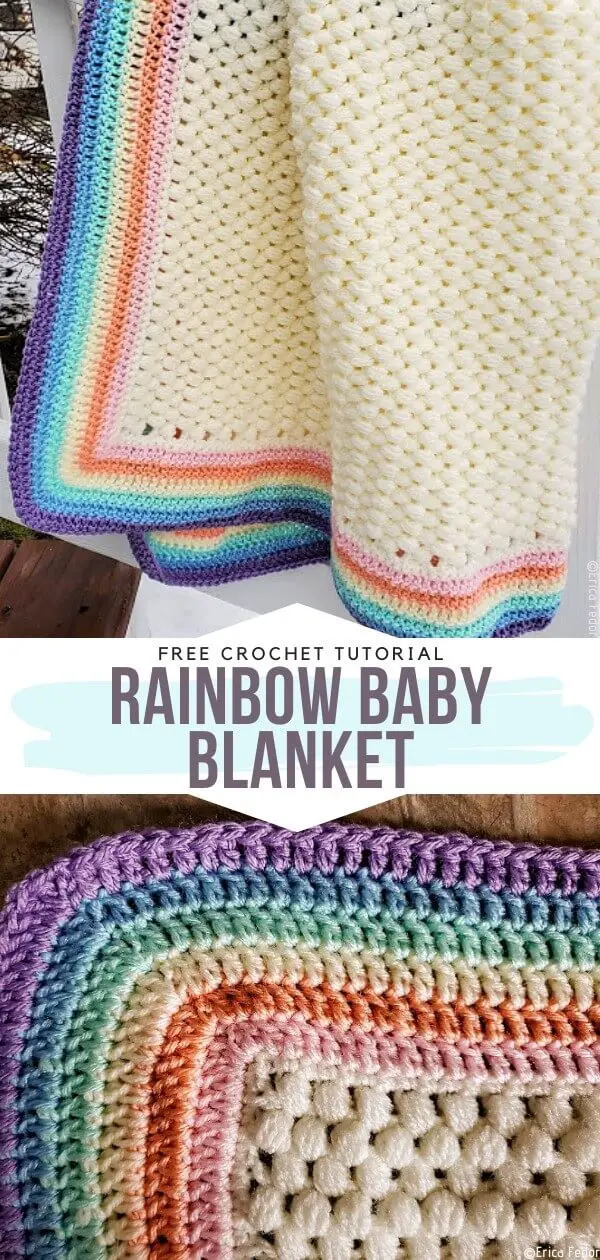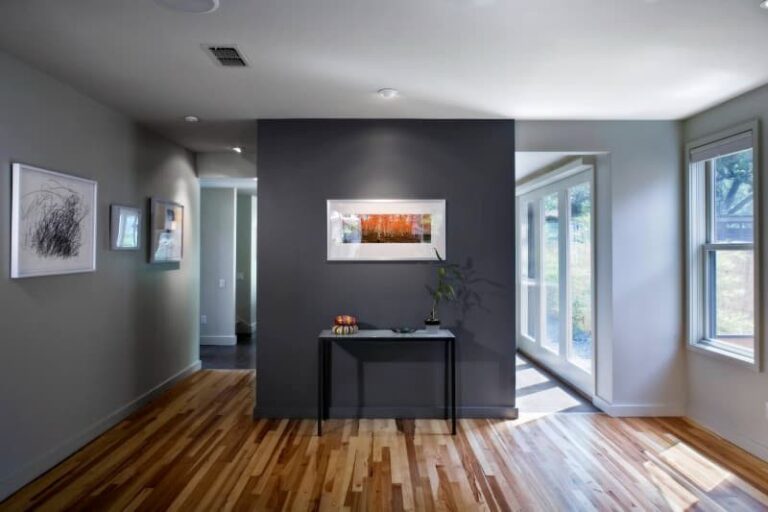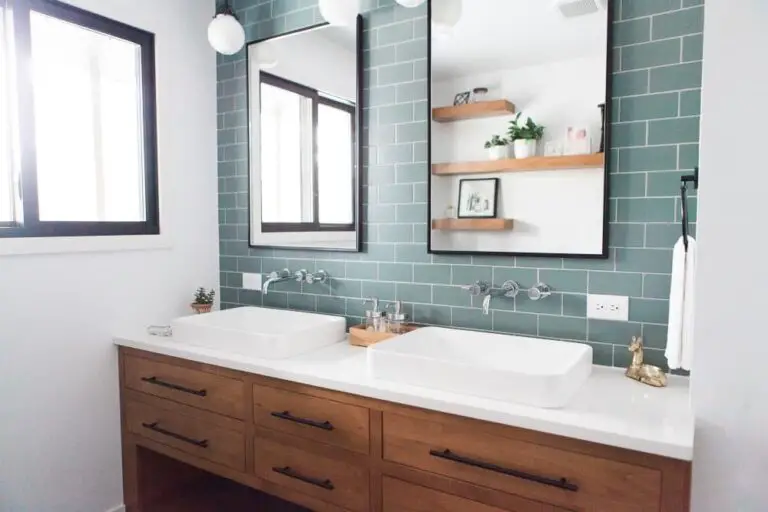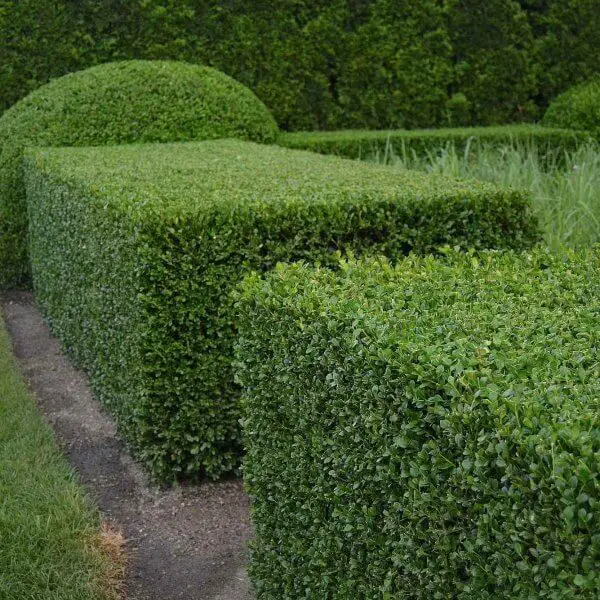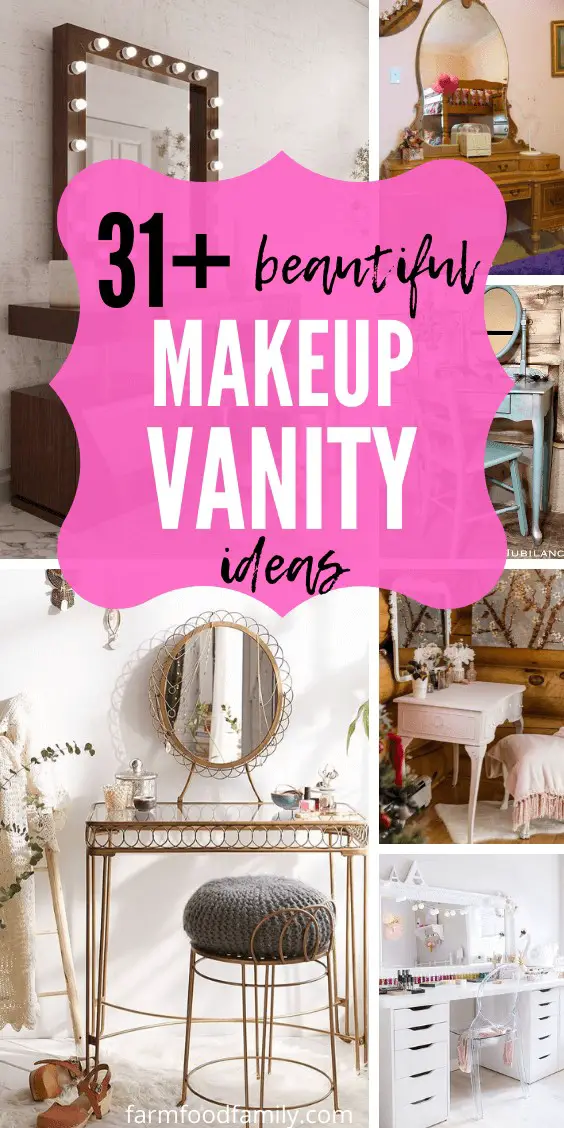53+ Creative Mini Indoor Garden Ideas
Are you seeking innovative ways to revitalize your living space without venturing outdoors? The trend of cultivating miniature gardens within the confines of your home has gained significant traction, offering a compact yet impactful way to bring nature indoors. These small-scale green spaces not only add a splash of vibrancy to your interior decor but also come replete with benefits for both your physical and mental well-being.
By embracing the beauty of gardening in its most condensed form, you can transform a lackluster room into a thriving oasis, perfect for city dwellers or those with limited outdoor space. This approach to bringing the outdoors in not only enhances the aesthetic appeal of your home but also fosters a healthier and happier environment. With so many options to explore, from succulent gardens to terrariums, you can create a unique mini indoor garden that perfectly suits your style and preferences.
Why Mini Indoor Gardens?
The Perfect Fit for Small Spaces
In today’s fast-paced urban landscape, many of us are confined to living spaces devoid of the serenity a garden can provide. However, this doesn’t mean we’re entirely without options. Mini indoor gardens offer a creative solution to bringing life and greenery into even the smallest apartments or studios, transforming what was once a barren space into a thriving oasis.
What sets these mini gardens apart is their remarkable versatility.
They can be easily set up on any available surface – a small table, kitchen counter, or even a bookshelf – allowing you to bring a touch of nature into your home regardless of its size.
A Practical Solution for Urban Dwellers
For many urban dwellers, the dream of cultivating a garden often seems out of reach due to limited outdoor space. However, this dilemma can be elegantly solved by embracing mini indoor gardens. These innovative spaces allow individuals to nurture a variety of plants, from fragrant herbs to low-maintenance succulents, within the confines of their homes.
This is particularly beneficial for those seeking fresh, aromatic herbs at their fingertips or desiring the calming effects and air-purifying qualities that indoor plants provide. Moreover, these mini gardens can become a engaging hobby that adds a personal touch to one’s living space, fostering a sense of warmth and hospitality. The benefits of mini indoor gardens are multifaceted. For instance, they offer a space-saving solution, cleverly designed to maximize the use of available indoor areas.
Furthermore, these plant-filled havens contribute to improved air quality, leading to a healthier environment for residents. The presence of plants has also been shown to have a profound impact on mental well-being, reducing stress and promoting overall sense of calm. In reality, mini indoor gardens are more than just a passing trend; they represent the resourcefulness and creativity of individuals seeking to make the most of their living situations.
By incorporating plants into one’s home, not only does one beautify their space but also contributes to a healthier, more inviting environment.
Getting Started: Planning Your Mini Indoor Garden
Choosing the Right Location: The Role of Light, Temperature, and Humidity
When it comes to nurturing a mini indoor garden, the right spot in your home is crucial for the health and growth of your plants. Three key factors influence this success: light, temperature, and humidity. Most houseplants flourish in bright, indirect light, making a sunny windowsill an ideal location. However, some species may require less light, so it’s essential to consider their specific needs when placing them within the room.
Temperature stability is also vital, as extreme temperatures can cause stress and impact plant health. Finally, humidity levels are important, particularly for tropical plants that thrive in environments with higher moisture content. For example, a bathroom with natural light can be an excellent spot for these plants, providing the ideal conditions for their growth.
Selecting Your Plants: Choosing the Right Green Friends
As you begin selecting plants for your indoor gardening experience, it’s vital to take into account the specific conditions of your space and ensure they align with the needs of the potential greenery inhabitants. For those new to this hobby, low-maintenance options like succulents, snake plants, or spider plants are an excellent starting point due to their hardy nature and ability to thrive in various environments.
If you’re looking to cultivate herbs for culinary purposes, such as basil, mint, and thyme, they can flourish indoors and provide a constant supply of fresh flavors. When planning your garden, it’s crucial to consider the growth habits and space requirements of each plant, taking into account that some may exceed expected heights or widths, so thoughtful planning is essential.
Containers and Planters: Finding the Perfect Home for Your Plants
When it comes to choosing containers and planters for your home, it’s not just a matter of functionality – it’s also an opportunity to enhance the overall aesthetic. To ensure success, select containers that provide proper drainage to prevent water from accumulating at the bottom, which can lead to root rot and other issues. In terms of material, terracotta pots are a great option as they allow the soil to breathe, making them suitable for many plants.
However, if you’re going for a more modern look, ceramic or plastic pots with sleek designs could be the way to go. Additionally, consider the size of the container in relation to the plant – some prefer snug spaces while others need room to grow. By taking these factors into account, you can make informed decisions and find containers that not only complement your plants but also your home’s decor.
To help guide your selection process, here are some key considerations: proper drainage is crucial, choose materials that match your plant’s needs and your desired aesthetic, and select a size that allows for healthy growth and stability.
Mini Indoor Garden Ideas
While it’s often thought that indoor gardens are reserved for large spaces, the truth is that even the smallest areas can be transformed into lush and inviting green sanctuaries. By incorporating mini indoor garden ideas, you can bring life, color, and serenity to every room in your home, from the kitchen to the living room, regardless of its size or layout.
Succulent Gardens: Low-Maintenance Beauty
Succulent gardens are a perfect choice for busy individuals who want to bring some greenery into their lives. These resilient plants are surprisingly low-maintenance, needing minimal watering and capable of thriving in various lighting conditions – making them an ideal option for indoor gardening. To create a visually appealing succulent display, consider utilizing containers of varying heights to add depth and interest.
Furthermore, mixing different textures and colors can also contribute to a richer overall aesthetic by introducing contrast and visual tension.
Terrariums: Your Miniature Green World
Terrariums present a captivating way to showcase plants within glass containers, simulating a self-sustaining environment reminiscent of nature. Among the suitable options are mosses, ferns, and air plants that flourish in the humid conditions found inside the glass enclosure.
When establishing your terrarium, begin by layering rocks for drainage purposes, followed by activated charcoal to prevent any potential odors. Next, add soil specifically designed for the types of plants you’ve chosen.
To complete the setup, place your plants within the soil, arranging them for visual appeal. Finally, ensure proper care by placing the terrarium in indirect light and gently misting it occasionally.
Fairy Gardens: A Magical Touch
Creating a whimsical indoor haven with tiny landscapes is as simple as combining small containers, miniature furniture, and teeny accessories. This enchanting world brings a sense of magic to your home, perfect for sparking imagination. A lush background can be achieved by using plants like small ferns, moss, or miniature ivy, which complement the mini landscapes beautifully.
To elevate this whimsical world, incorporate tiny figurines and miniature furniture that add charm and character.
The key to a successful fairy garden is in the details – the more creative you are with your accessories, the better.
Each of these mini indoor garden ideas offers a unique way to bring nature indoors, regardless of space constraints. Whether you prefer the practicality of herb gardens, the low maintenance of succulents, the creativity of terrariums, or the whimsy of fairy gardens, there’s an option that suits every taste and lifestyle.
Creative Containers and DIY Projects
Transforming your living space with greenery doesn’t require a shopping spree or breaking the bank. By thinking outside the box – or planter – everyday objects can be cleverly repurposed as planters, infusing your mini indoor garden with personal flair and style. This creative approach not only saves you money but also celebrates sustainability by giving old items a new lease on life.
Upcycling Everyday Items into Unique Planters
Transforming ordinary objects into unique planter vessels is the essence of upcycling. This creative approach breathes new life into discarded items, turning them into functional and visually appealing additions to your indoor garden. Old mugs can be repurposed as small herb planters, imbuing your space with a personal touch. Glass jars, on the other hand, make for perfect succulent containers, allowing you to observe the fascinating process of root growth.
Even worn-out boots can be given new purpose as statement planters, injecting a playful and whimsical element into your garden design. Not only do these upcycled planters add character to your indoor oasis, but they also contribute to a more eco-friendly lifestyle by reducing waste.
DIY Projects for Building Your Own Mini Indoor Garden Containers and Accessories
Tailoring your mini indoor garden to your exact preferences and needs is a fulfilling experience that DIY projects can provide. By crafting your own containers and accessories, you’re not only being economical or eco-friendly, but also injecting your personality into your living space. The possibilities are endless, from creating macrame hanging planters to constructing wooden plant stands.
Not only do these projects allow you to customize your garden’s look and feel, but they also raise plants for better light exposure and provide a sense of satisfaction knowing you’ve created a unique environment for your plants to thrive. Whether you’re repurposing an old item or building something from scratch, DIY projects bring an extra layer of joy to indoor gardening.
Windowsill Garden Planter
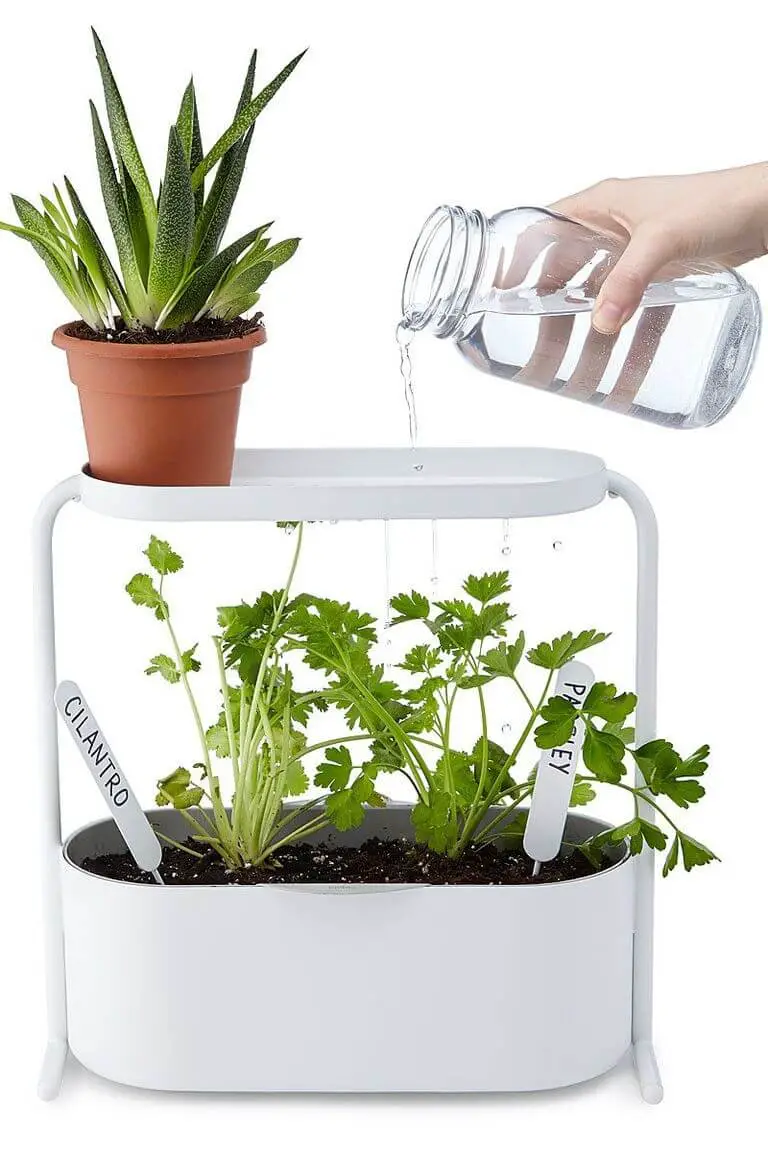
Hydroponic Herb Planter
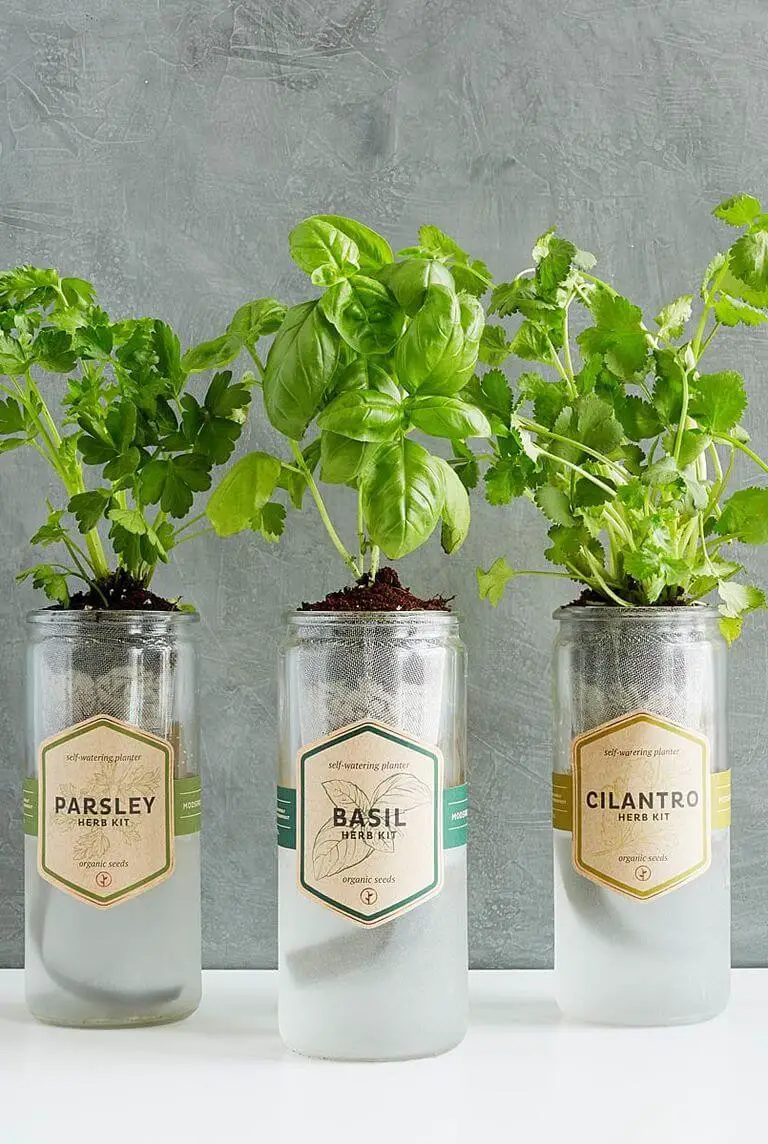
Vertical Herb Garden
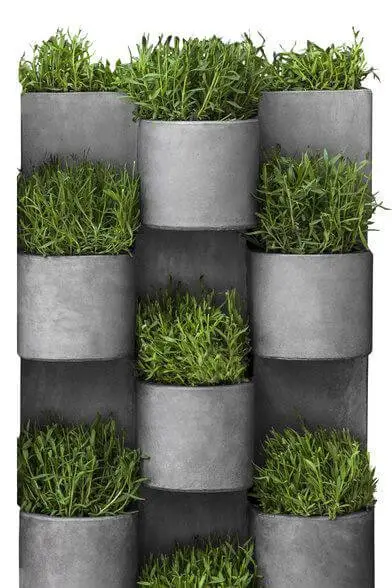
Watex Pixel Garden Desktop, Kitchen Farm
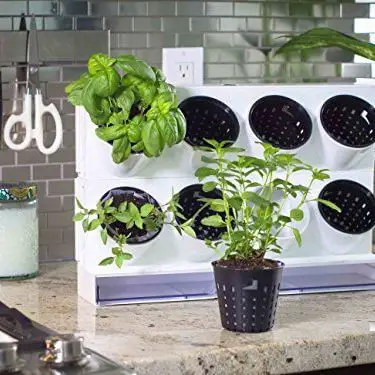
The Cheater’s Terrarium

Hanging Herb Garden
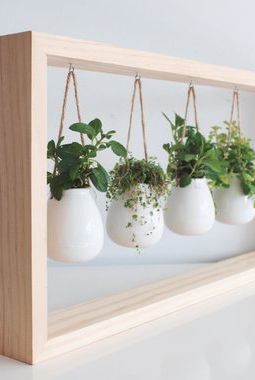
IKEA’s Miniature Greenhouse
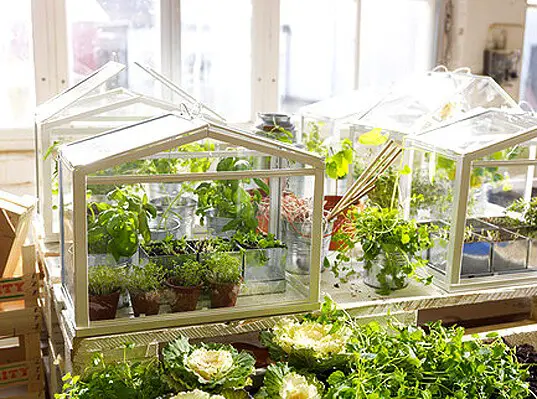
Hang a garden inside
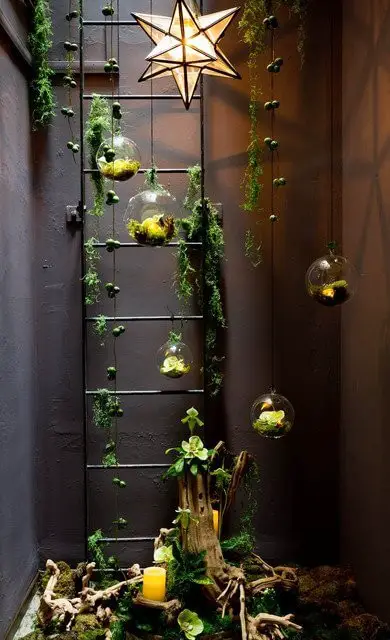
Open shelves
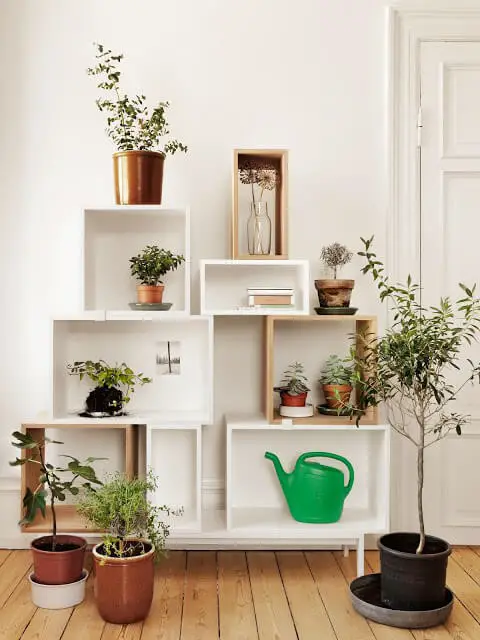
Mason Jar Herb
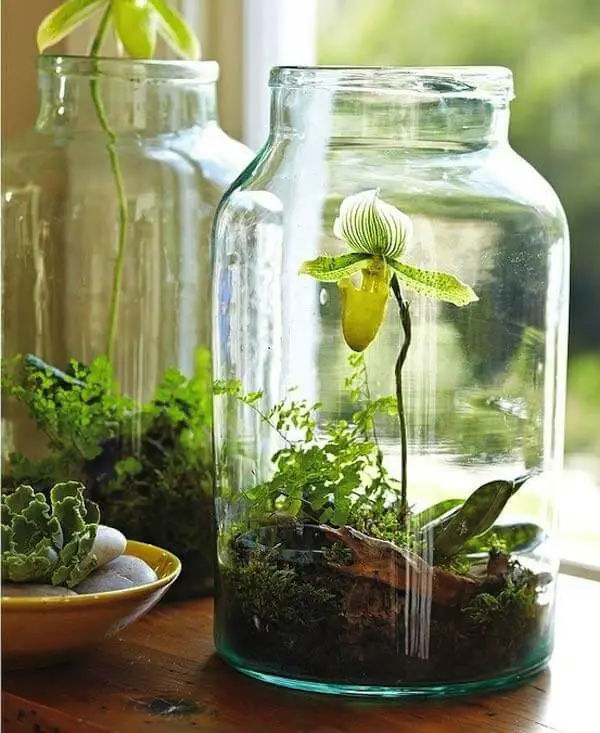
Grow Little
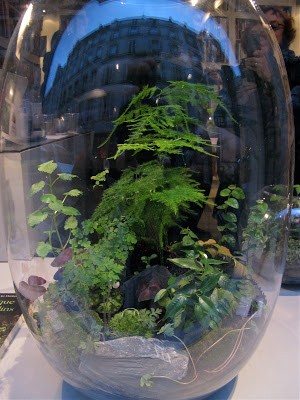
Green Wall
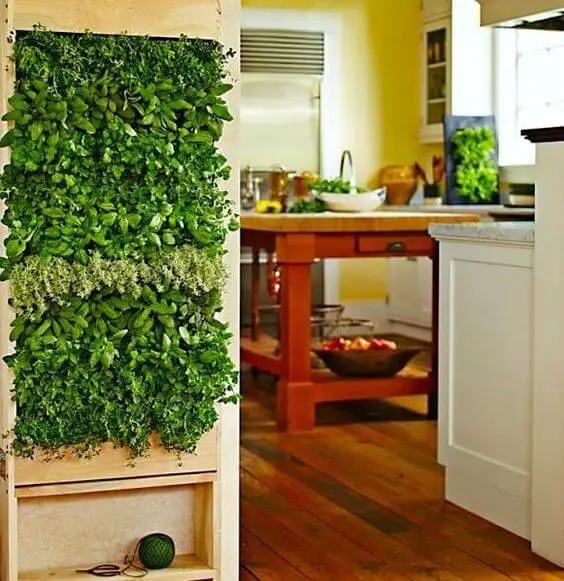
Succulents on display
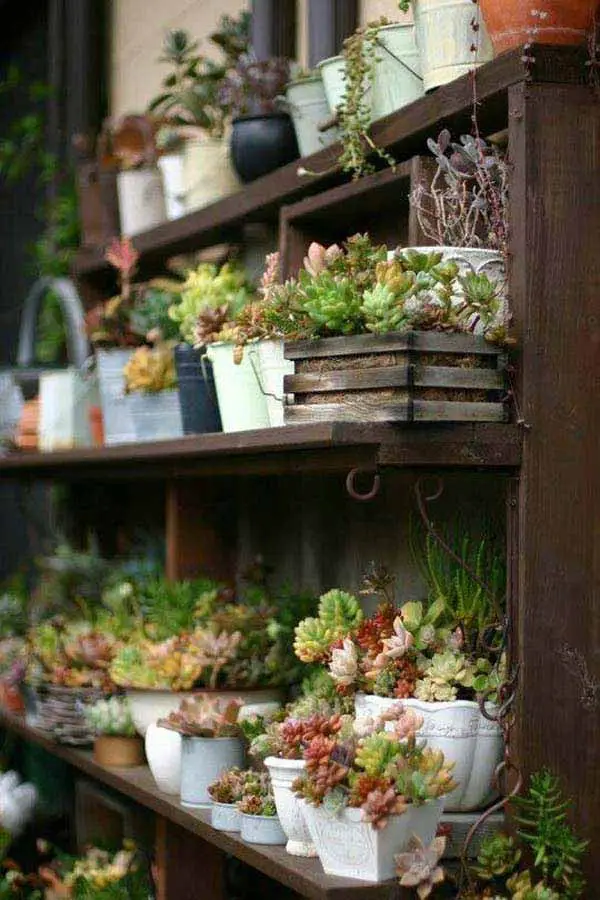
Grow Celery from the Store
Succulents for indoor garden
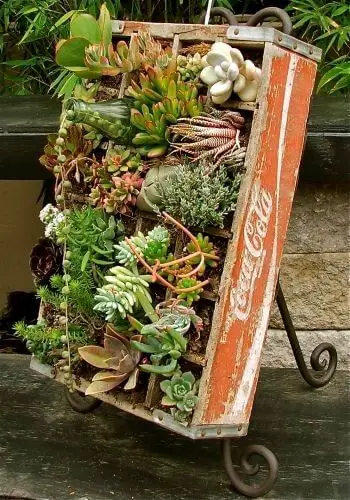
Vertical Herb Garden
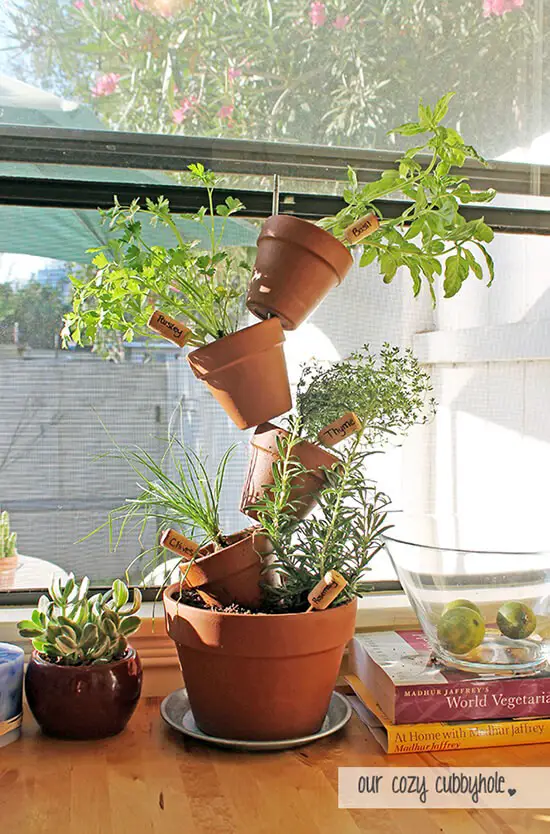
Garden in the kitchen
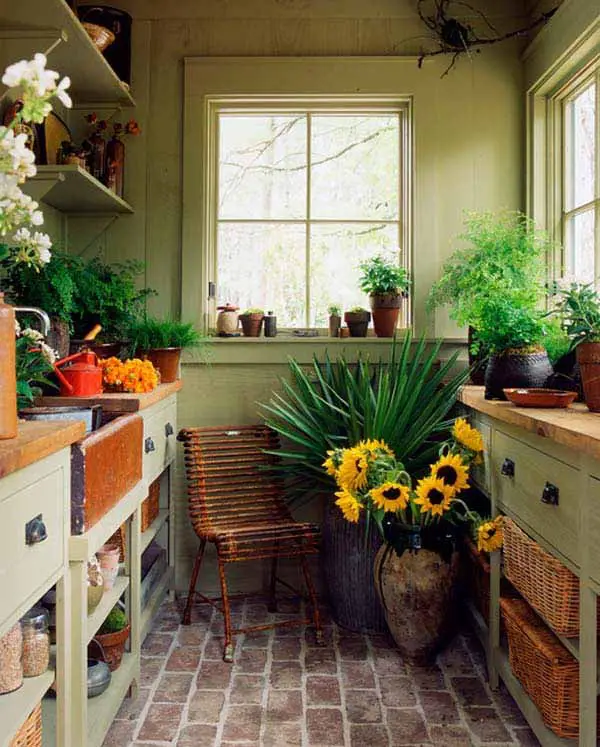
Simple indoor idea

Indoor garden
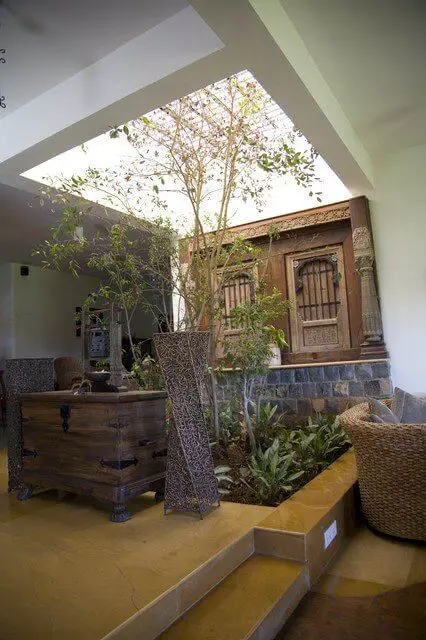
And many more indoor garden ideas…
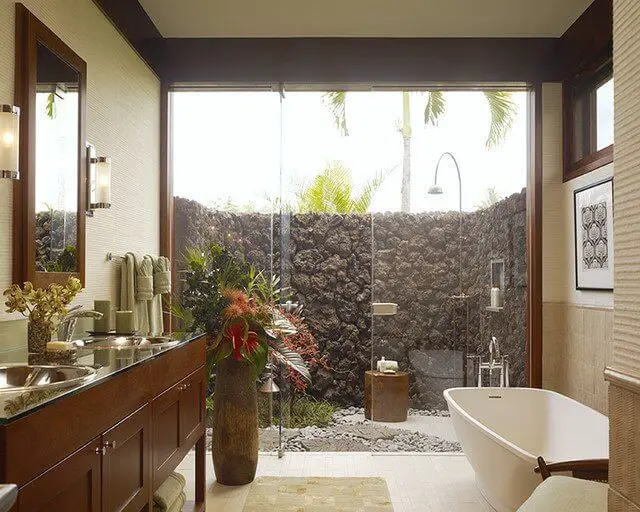
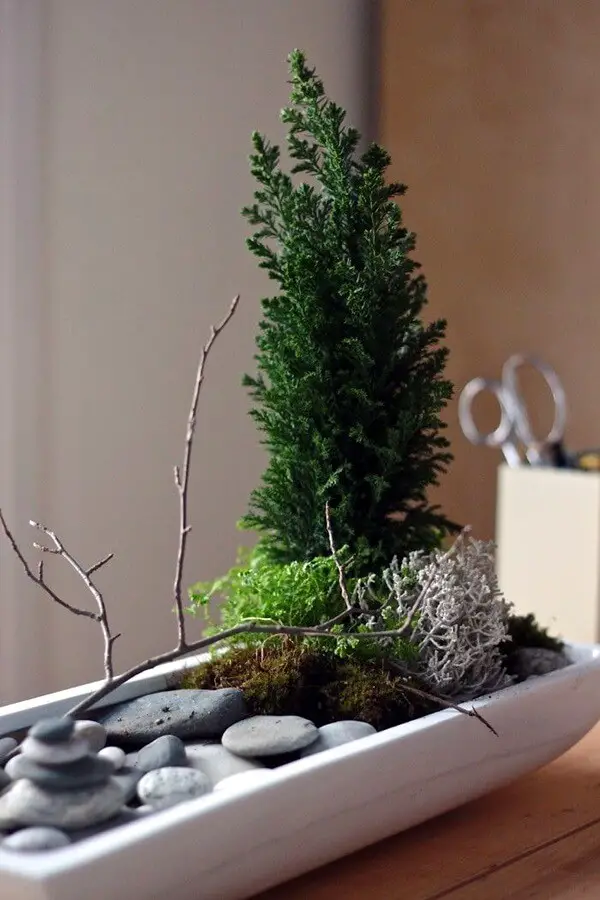
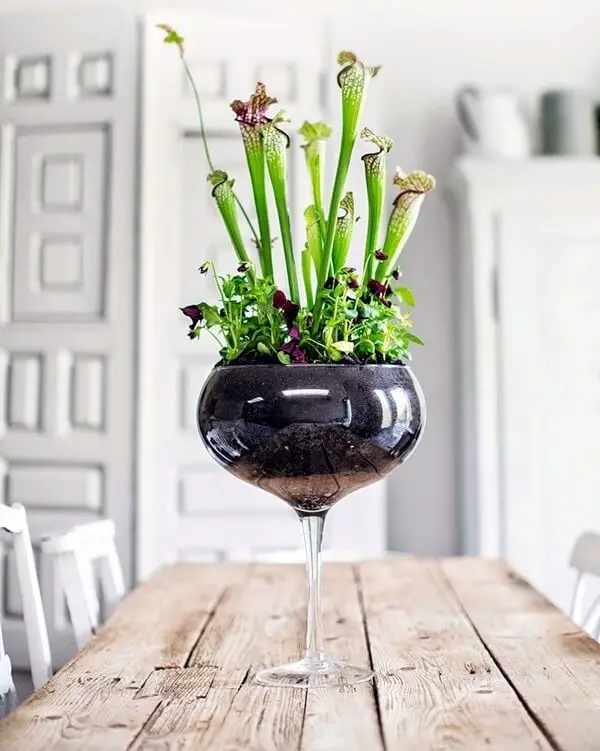
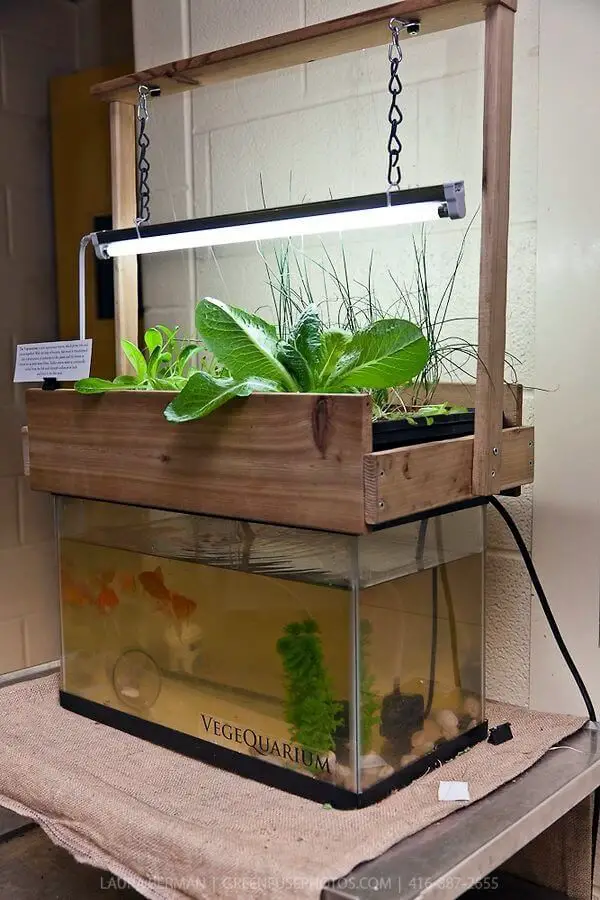
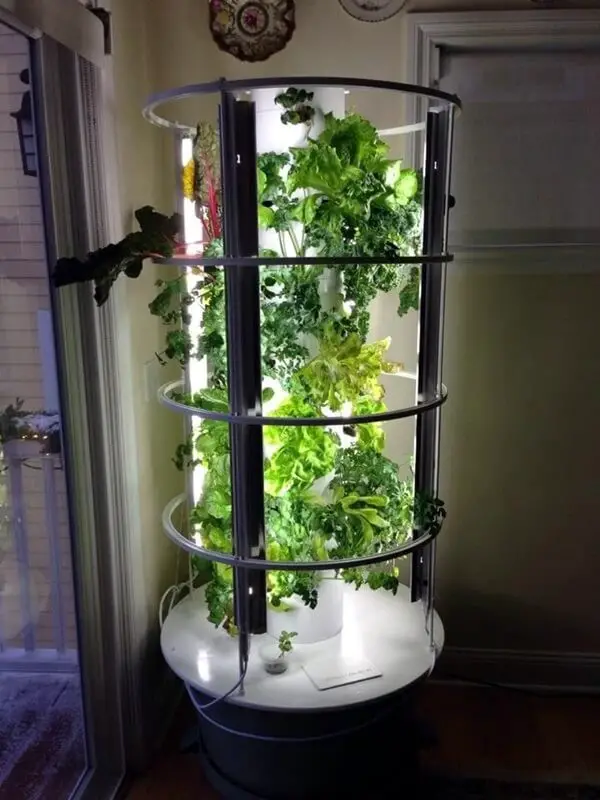
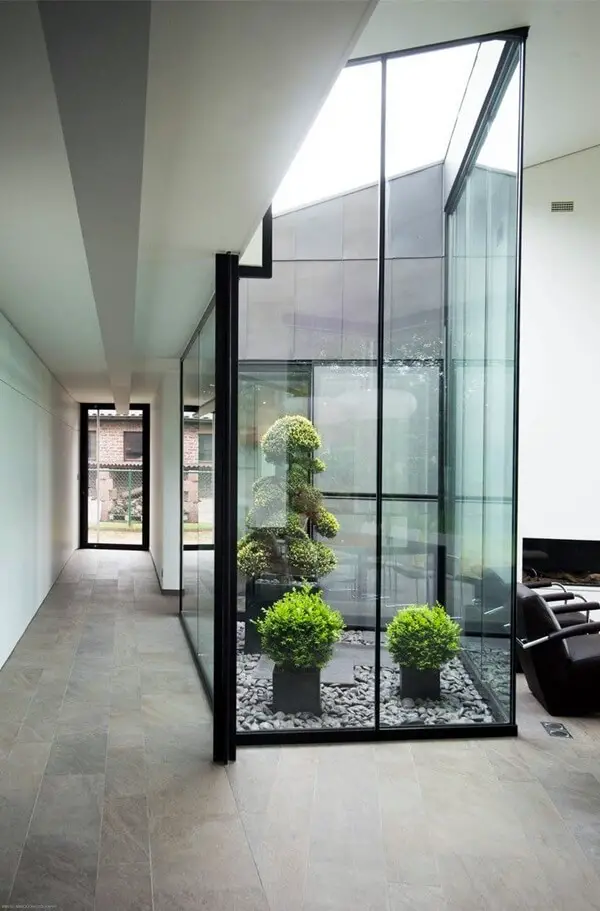
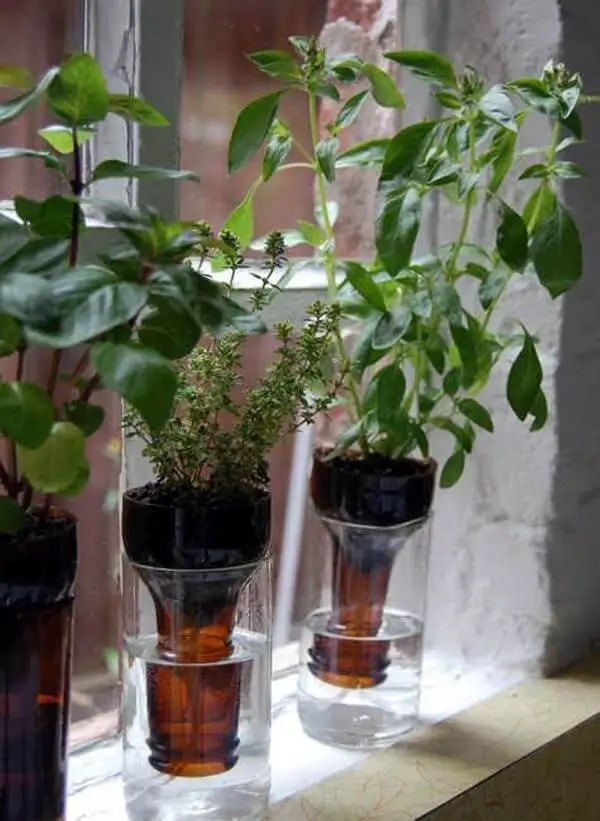
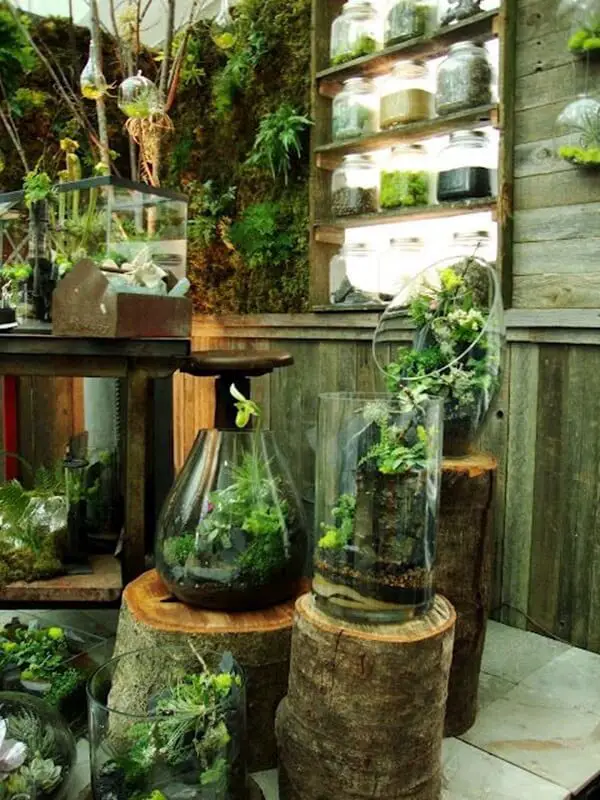
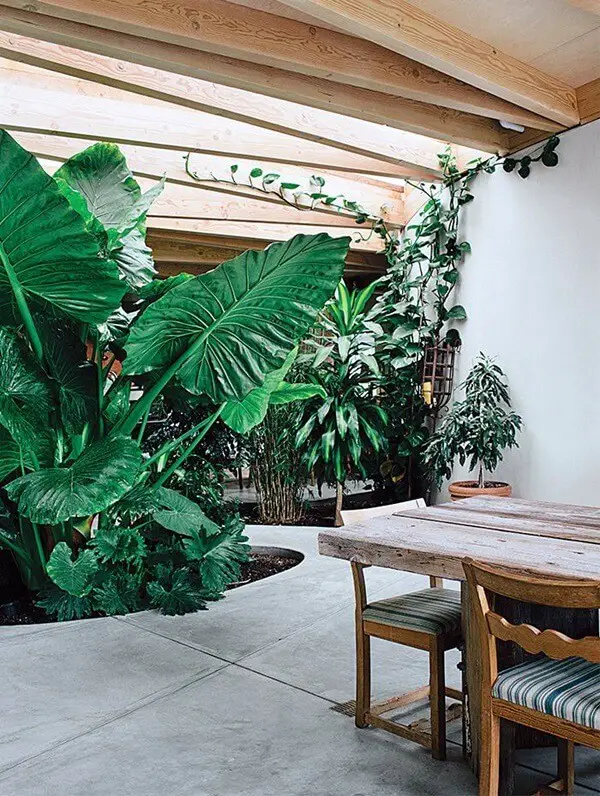
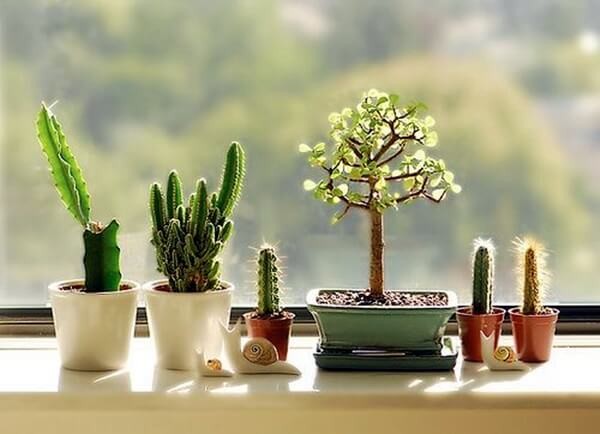
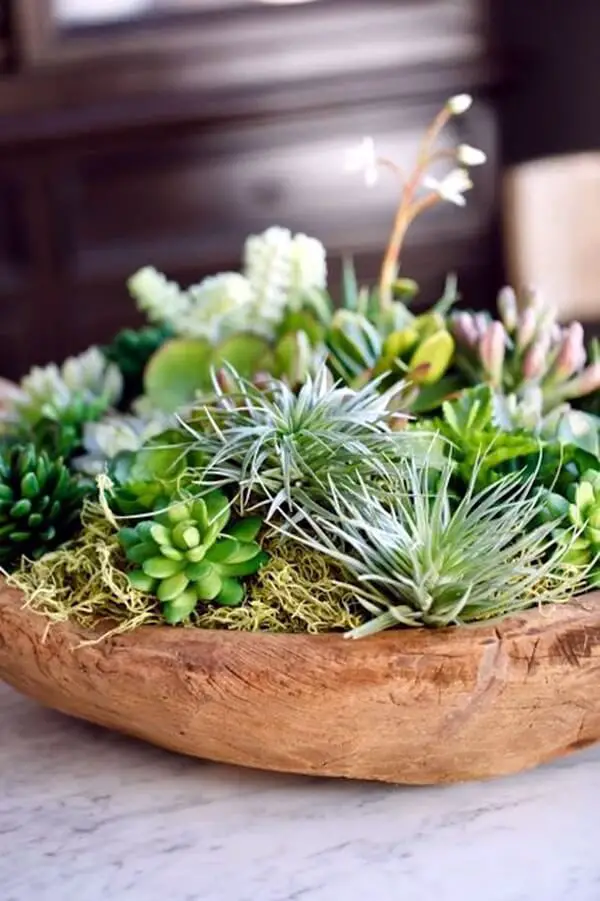
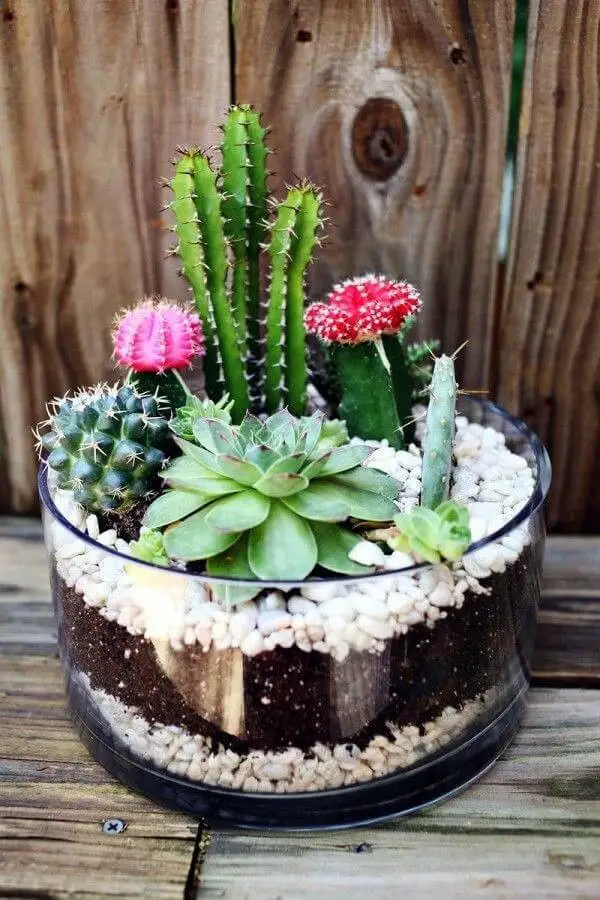
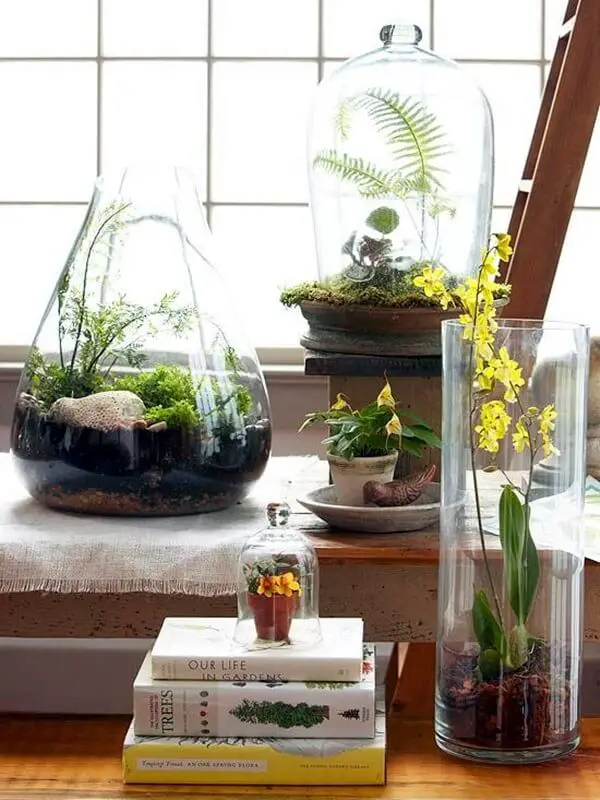
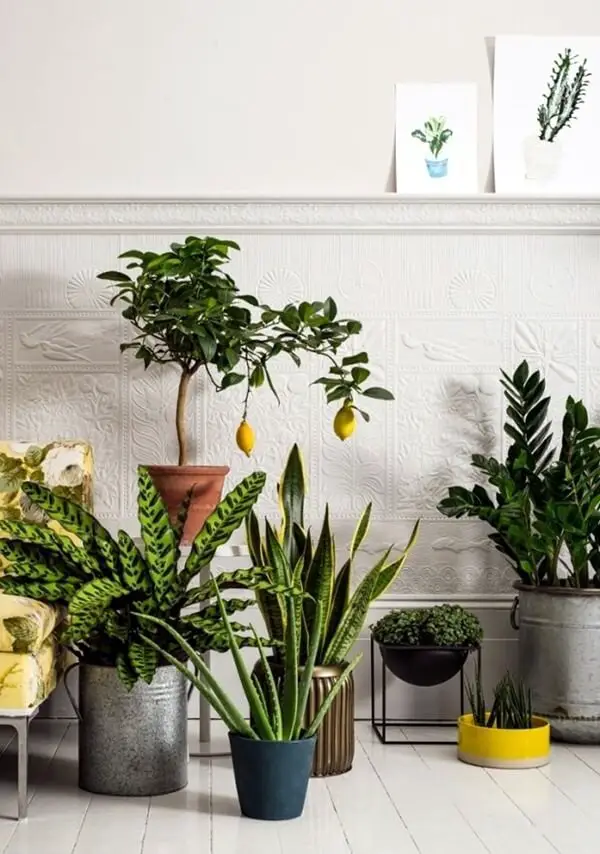
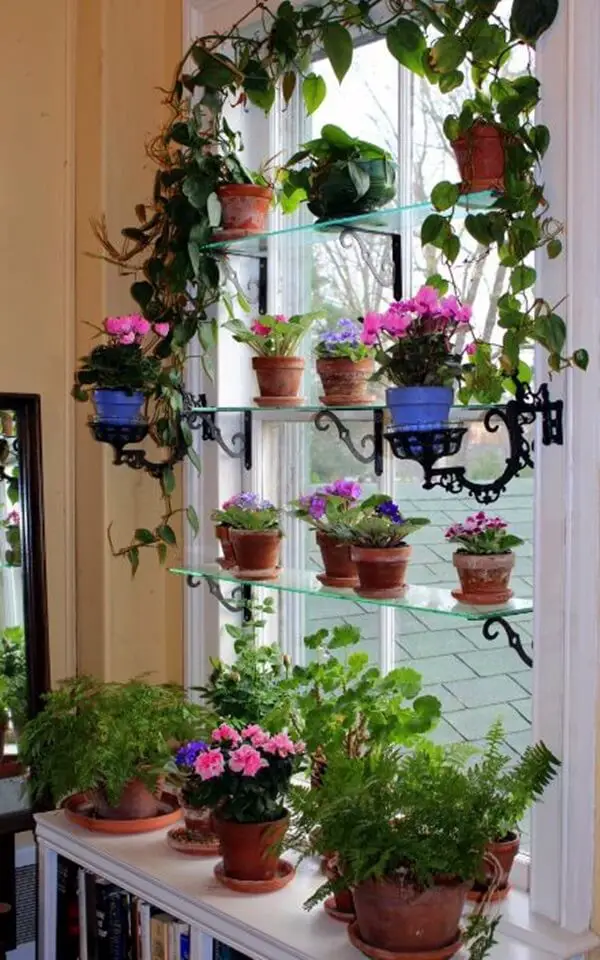
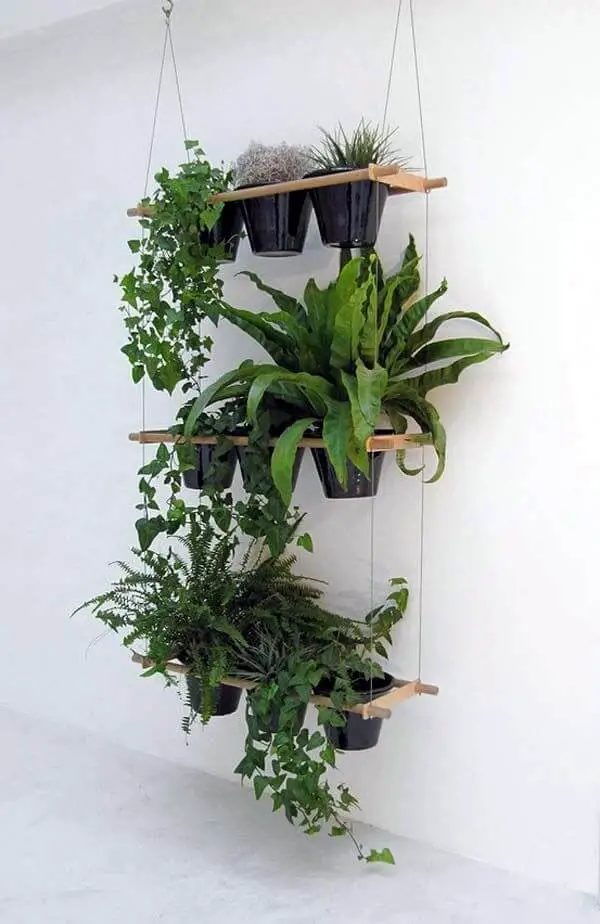
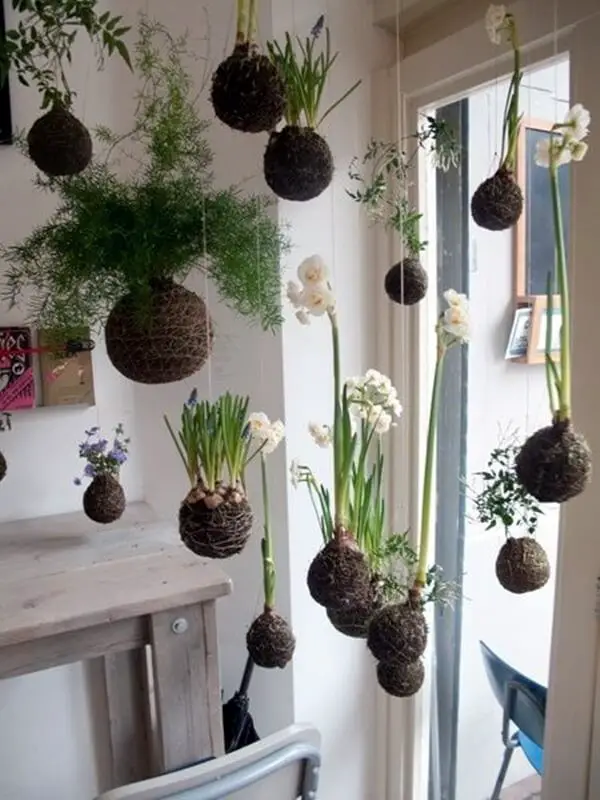
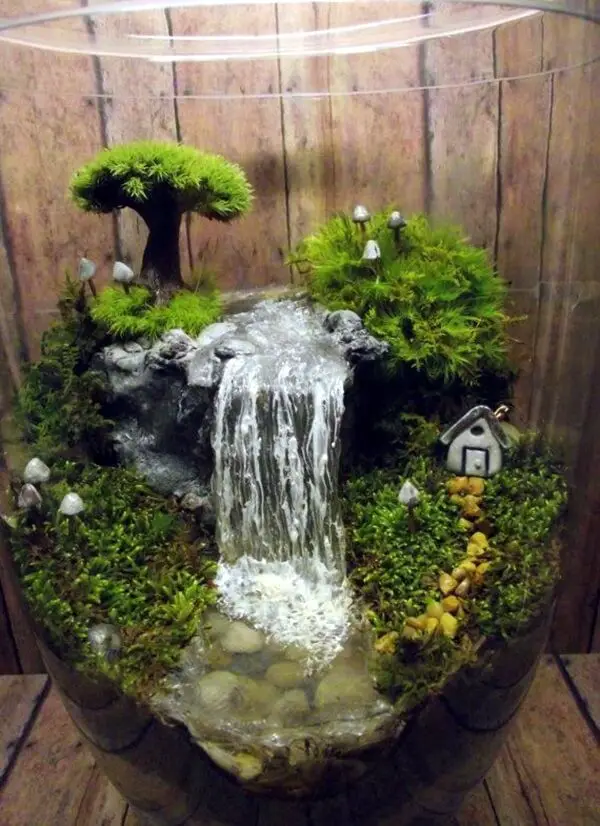
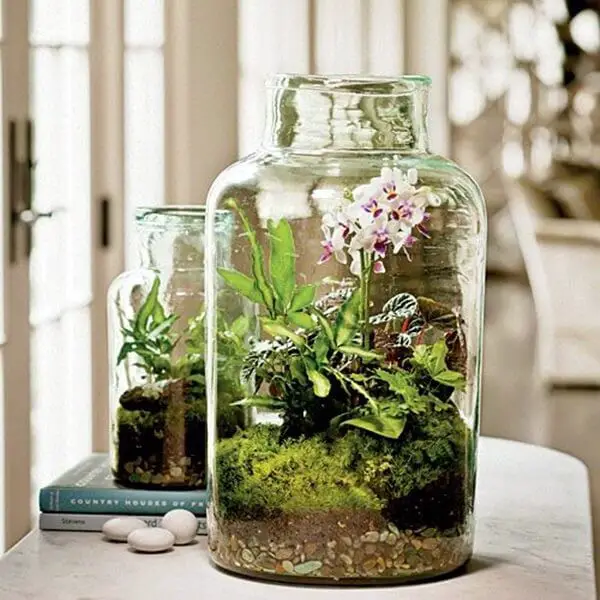
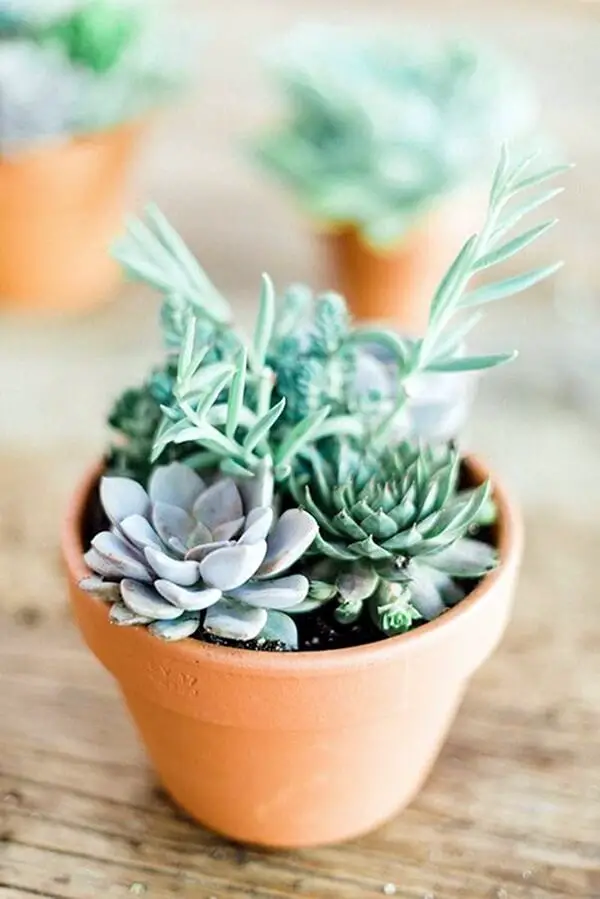
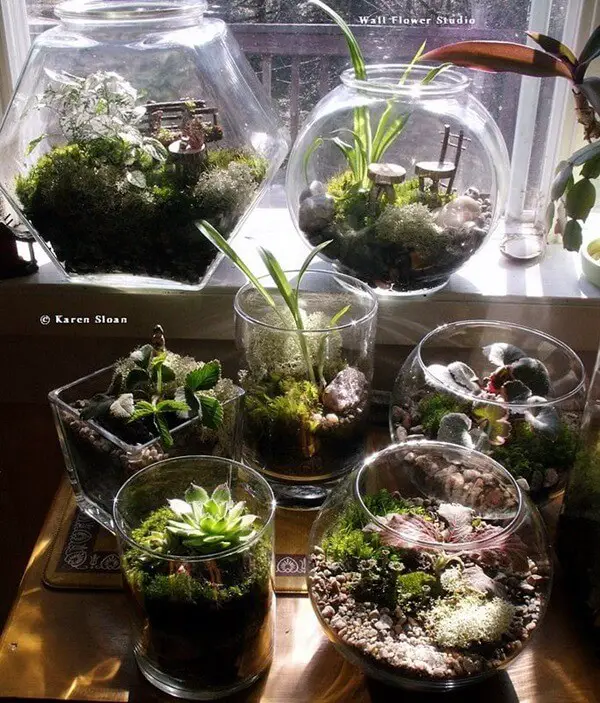
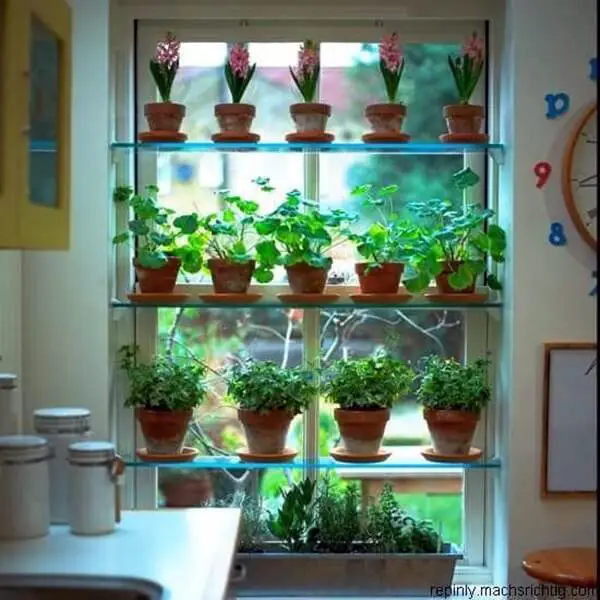
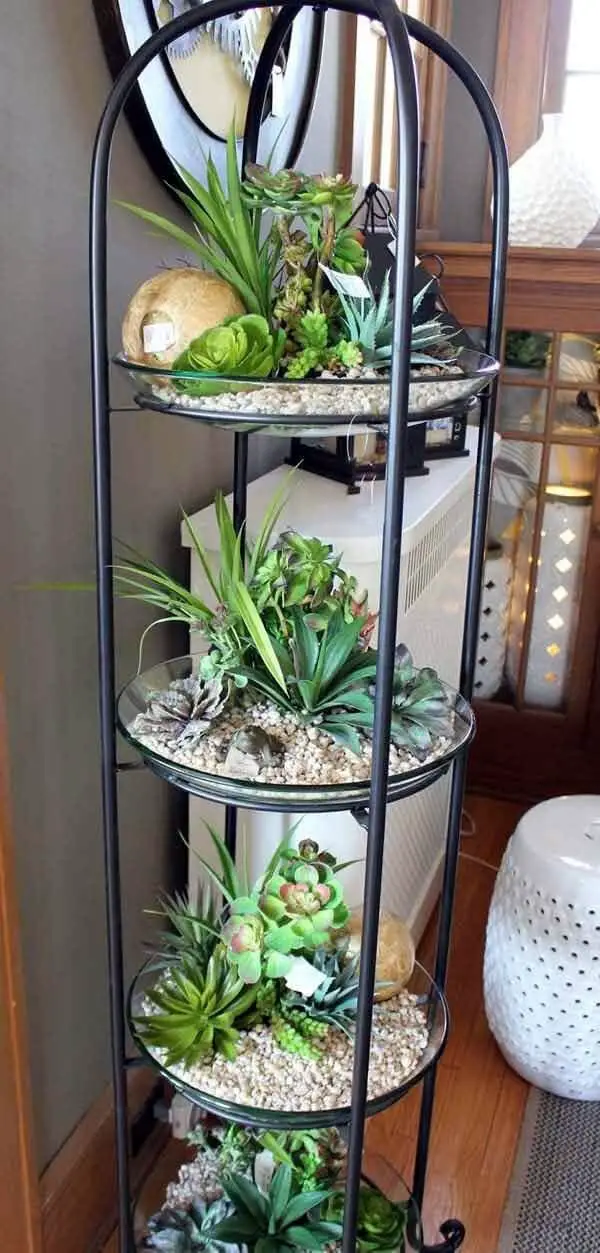
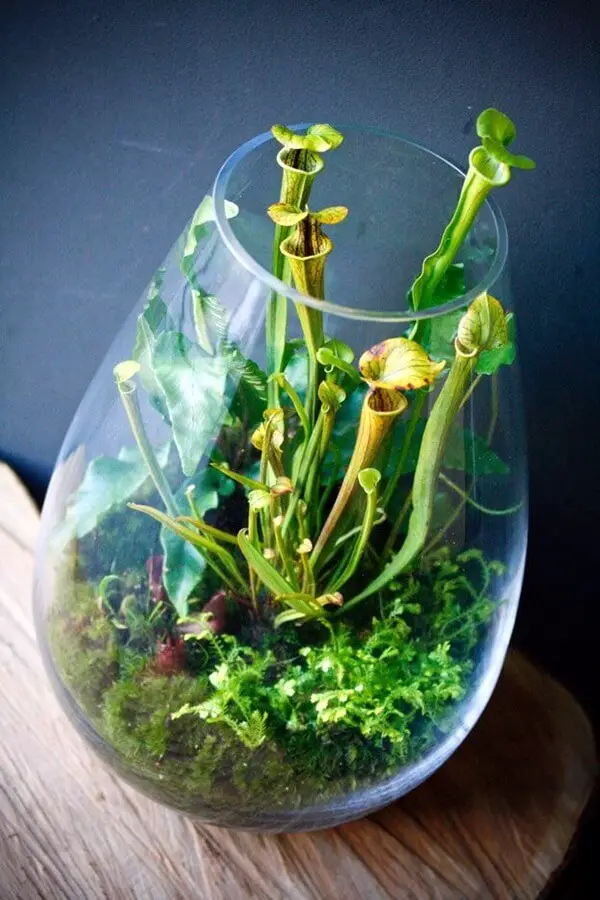
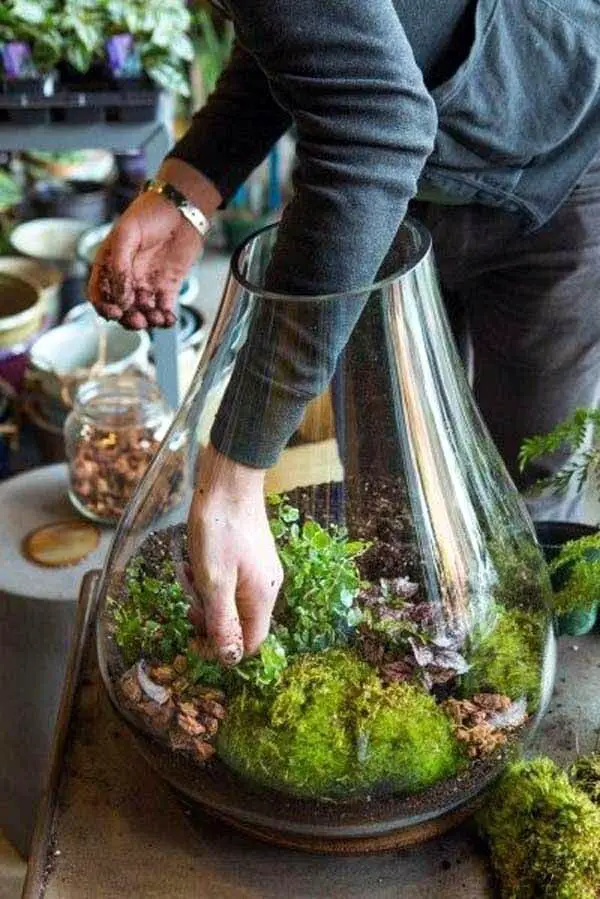
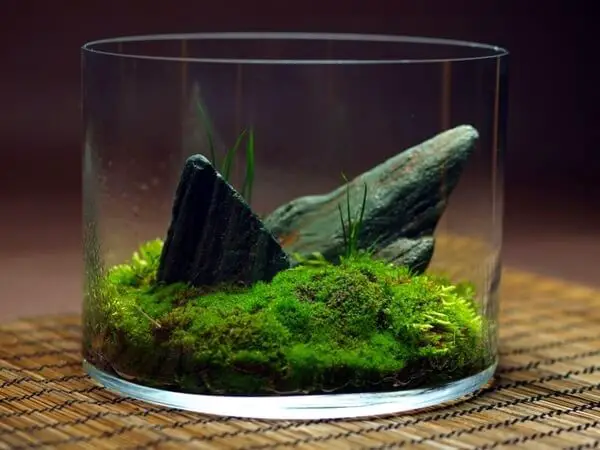
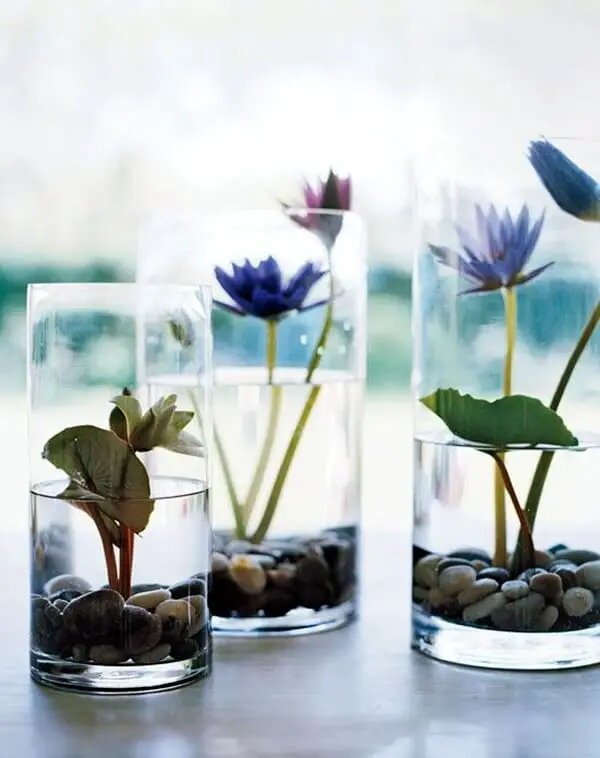
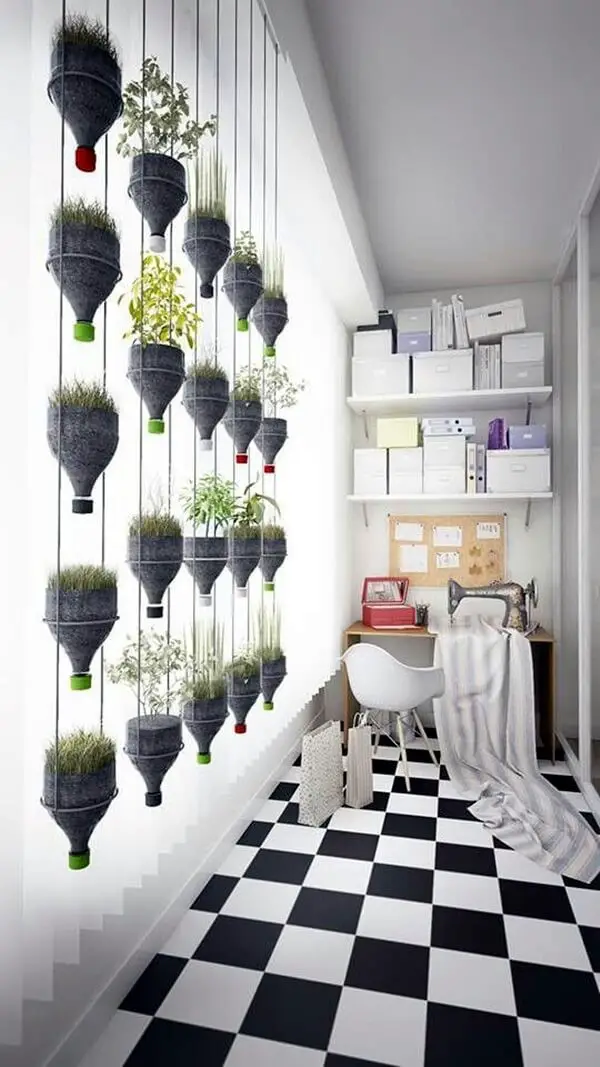
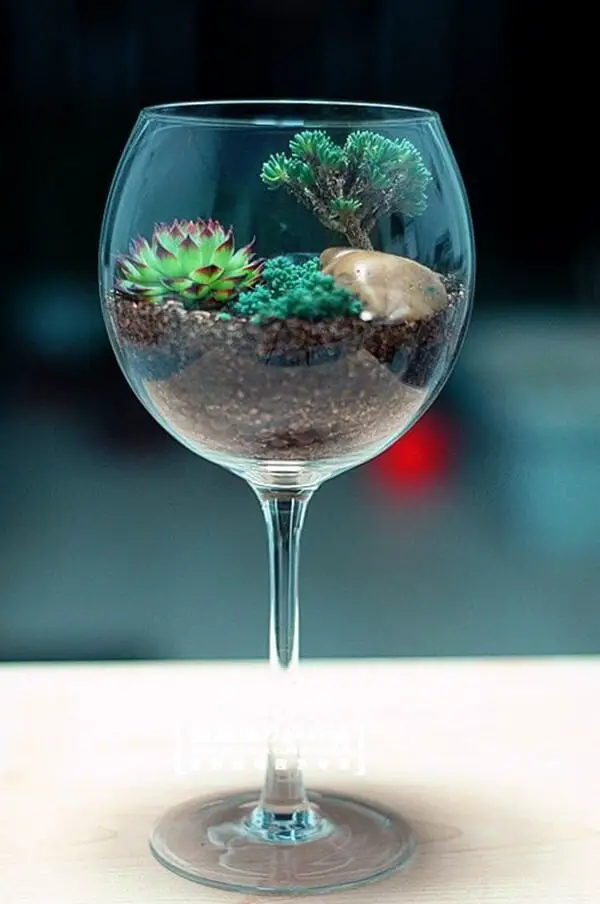
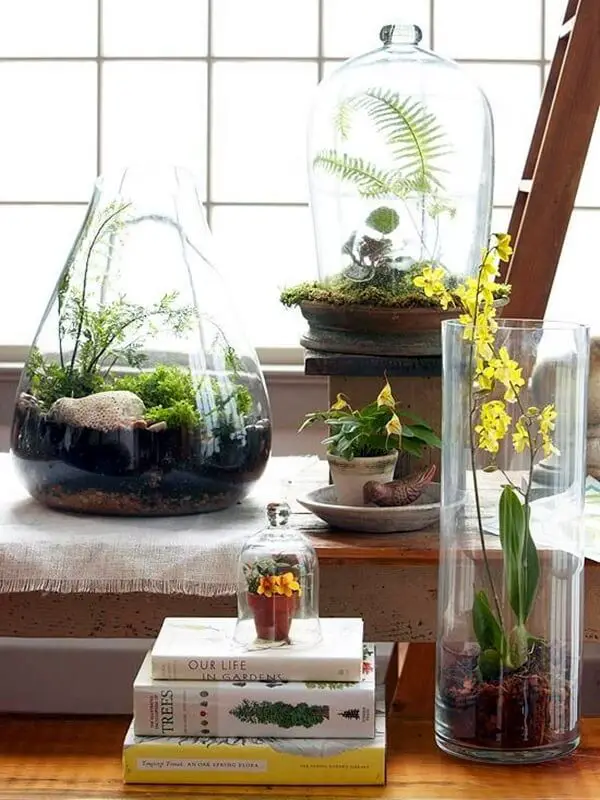
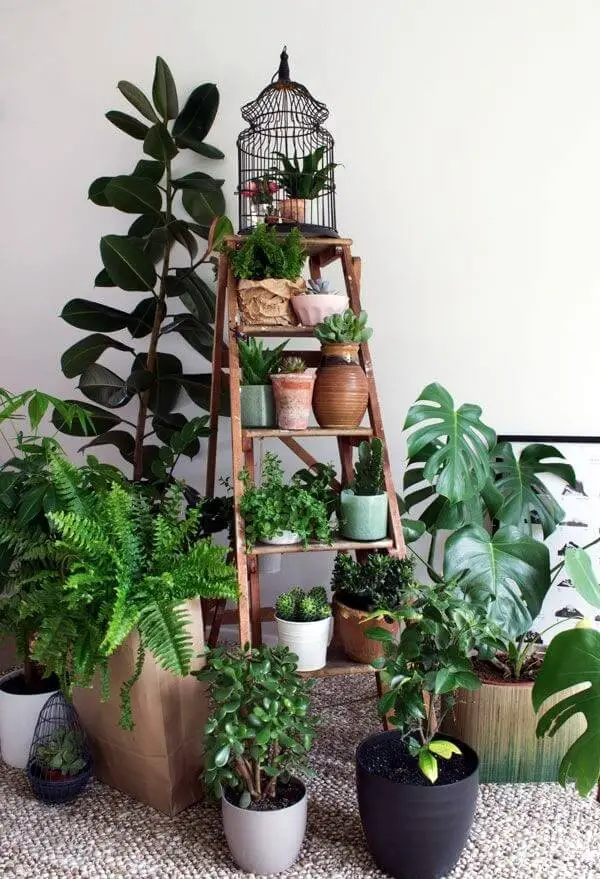
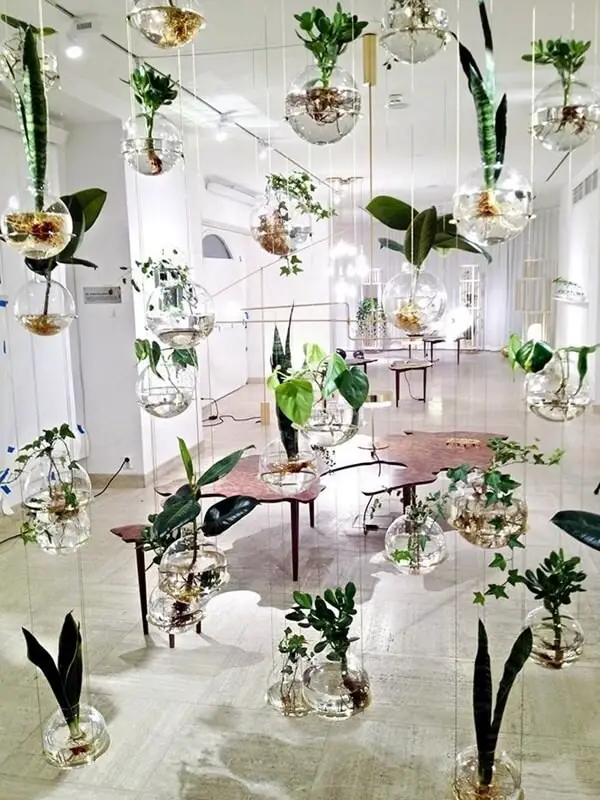
Care and Maintenance
To keep your mini indoor garden thriving, it’s essential to prioritize its well-being by implementing a regular care routine. This includes consistent watering, feeding, and pruning, as well as keeping a watchful eye out for any signs of pests or potential issues. By following these fundamental care guidelines, you can create a lush and vibrant oasis that not only enhances the visual appeal of your home but also contributes to its overall ambiance.
Basic Tips for Watering, Feeding, and Pruning
Mastering the fundamentals of indoor garden care is crucial for a thriving oasis. One of the most critical components is water management, which can be tricky to get right. Over-watering can lead to root rot, while under-watering can stress your plants. To avoid these common mistakes, it’s essential to understand each plant’s unique watering needs.
Nutrient provision is also vital.
Feeding your plants with the suitable type and amount of fertilizer ensures they receive the necessary building blocks for growth. Finally, pruning plays a significant role in removing dead or overgrown parts, encouraging healthy development and aesthetic appeal.
To get started, consider the following care tips:
Watering: Check soil moisture before watering to prevent over- or under-watering.
Feeding: Use the correct fertilizer for your plant type to provide essential nutrients.
Pruning: Regularly remove dead leaves to promote healthy growth and appearance.
Dealing with Common Pests and Problems
While indoor gardens are generally protected from outdoor pests, they can still face a range of challenges. Common issues include gnats, aphids, and spider mites, each requiring a distinct approach to management. Additionally, problems like yellowing leaves or stunted growth can indicate underlying issues such as inadequate lighting or nutritional deficiencies. Prompt detection and accurate identification are crucial for maintaining the health of your indoor garden.
To effectively manage these issues, it’s essential to understand the specific characteristics and solutions for each pest. For instance, gnats are often found near soil and can be controlled by allowing the soil to dry out or using sticky traps. Aphids, which appear as tiny green or black bugs under leaves, can be removed with a gentle wash of water or insecticidal soap.
Spider mites, characterized by fine webs on plants and yellowing leaves, require increased humidity and the use of a miticide.
Caring for your indoor garden doesn’t have to be overwhelming. By developing a basic understanding of your plants’ needs and paying attention to details, you can easily manage watering, feeding, and pruning while keeping pests and problems at bay.
Remember that each plant is unique, so tailoring your care approach to the specific needs of your garden will yield the best results. This way, you can ensure your indoor garden remains a beautiful and rewarding part of your home.
Making the Most of Your Mini Indoor Garden
Your mini indoor garden is a dynamic component of your home’s aesthetic, infusing your space with energy and serenity. By embracing creativity, you can effortlessly merge your garden with your interior design, creating a showstopping focal point that embodies your unique taste and maintains a lively, revitalized ambiance.
Integrating Your Mini Garden into Your Home Decor
To seamlessly integrate your mini garden into your home decor, it’s essential to strike a balance between creativity and harmony. Start by considering the overall atmosphere of your room, then select plants and containers that harmonize with each other and the space. Make the most of vertical real estate by displaying plants on shelves, window sills, or even wall-mounted planters in areas that draw attention and enhance the room’s ambiance.
The key is to create a cohesive look that beautifully blends the natural charm of your plants with your existing decor. When choosing plants and decor, consider the following combinations: small succulents paired with modern, minimalist decor; herb gardens complementing rustic, country-inspired spaces; and ferns or air plants adding a touch of bohemian elegance to eclectic environments.
Rotating and Refreshing Your Garden
To keep your mini indoor garden interesting and vibrant, it’s essential to provide regular attention and occasional changes. One effective way to do this is by rotating your plants. This simple act not only ensures even light exposure but also allows you to refresh your decor and give your space a new look. Introducing new plants or changing the planters can significantly alter the aesthetic of your room, keeping it dynamic and engaging.
In addition to regular plant rotation, seasonal updates are another great way to keep your garden in sync with the time of year. This approach allows you to introduce new colors and textures that reflect the changing seasons, ensuring your decor remains relevant and fresh. By incorporating these elements into your mini indoor gardening routine, you’ll be able to create a beautiful and constantly evolving living environment.
In terms of specific strategies for garden rotation and refreshment, consider the following:* Rotating plants: This simple act ensures even light exposure and promotes healthy growth.* Seasonal updates: Reflects changing seasons and keeps decor relevant and fresh.* Introducing new plants or planters: Changes look and feel, maintaining interest and excitement.
By thoughtfully integrating your mini indoor garden into your decor and regularly refreshing its look, you’ll create a living environment that is not only beautiful but also constantly evolving. Embrace the creativity and joy that comes with tending to your garden, and enjoy the benefits of a greener, more vibrant home.
Conclusion
As we embark on the journey of creating and maintaining a mini indoor garden, we’re met with a sense of excitement, exploration, and numerous benefits. These small yet significant spaces bring forth life, purifying the air while positively impacting our mental well-being and infusing our living environments with natural beauty. The process of nurturing plants allows us to slow down, cultivating a sense of serenity and accomplishment as we witness our green companions grow and flourish.
We invite you to start small and delight in the process of experimenting with various plants, containers, and layouts to discover what resonates with you and harmonizes with your space. Whether it’s a vibrant herb garden in your kitchen, a peaceful succulent arrangement, or a whimsical fairy garden, each mini indoor garden is a unique reflection of creativity and a step towards a greener, healthier home.
What matters most is the connection we forge with our plants and the joy we derive from this green hobby. So, let your curiosity bloom, and watch as your mini indoor garden transforms your home and uplifts your spirit.
FAQ: Mini Indoor Garden Ideas
What are the best plants for a mini indoor garden?
For a thriving mini indoor garden, focus on low-maintenance and small-sized plants that excel in indoor environments. Succulents, spider plants, air plants, and herbs like basil and mint are top picks due to their diminutive size and effortless care demands. The secret lies in pairing plants with your space’s specific light and humidity profiles.
How do I choose the right spot for my mini indoor garden?
When it comes to selecting the perfect location for your mini indoor garden, there are several factors to consider. Lighting conditions, in particular, play a crucial role in ensuring your plants thrive. Most indoor plants prefer bright, indirect sunlight, making windows that receive plenty of light but avoid direct sun ideal spots. Additionally, it’s essential to choose a location that protects your plants from harsh drafts and extreme temperature fluctuations, which can hinder growth.
By taking these factors into account, you’ll be well on your way to creating an optimal environment for your mini indoor garden.
Can I create a mini indoor garden in a small apartment?
Mini indoor gardens offer a perfect solution for small apartment dwellers, as they’re incredibly versatile and don’t require a lot of floor space. To make the most of your compact quarters, consider utilizing windowsills, shelves, or wall-mounted planters to bring in some greenery without overwhelming the space.
Alternatively, you could opt for vertical gardens or hanging planters to take full advantage of your available space – they’re great ways to add some natural charm to even the smallest of apartments.
How often should I water my mini indoor garden?
When it comes to watering your mini indoor garden, the frequency ultimately depends on the unique characteristics and requirements of the plants you’re working with. A good starting point is to develop a sense of touch for your soil’s moisture levels – most plants will thrive when the top layer feels slightly dry between waterings. However, this general guideline can be adjusted based on the specific needs of each plant in your collection.
To avoid over- or under-watering, it’s essential to research and understand the individual watering requirements of each species within your garden.
What are some creative container ideas for a mini indoor garden?
Transforming your indoor space with a mini garden has never been more creative! Think outside the box (or pot) by repurposing everyday items like vintage teacups, mason jars, or even old toys as unique planters. For a DIY approach, you can craft your own containers using materials like concrete, wood, or recycled plastic. The key to success lies in providing proper drainage and selecting a size that suits the growth needs of your chosen plants.

